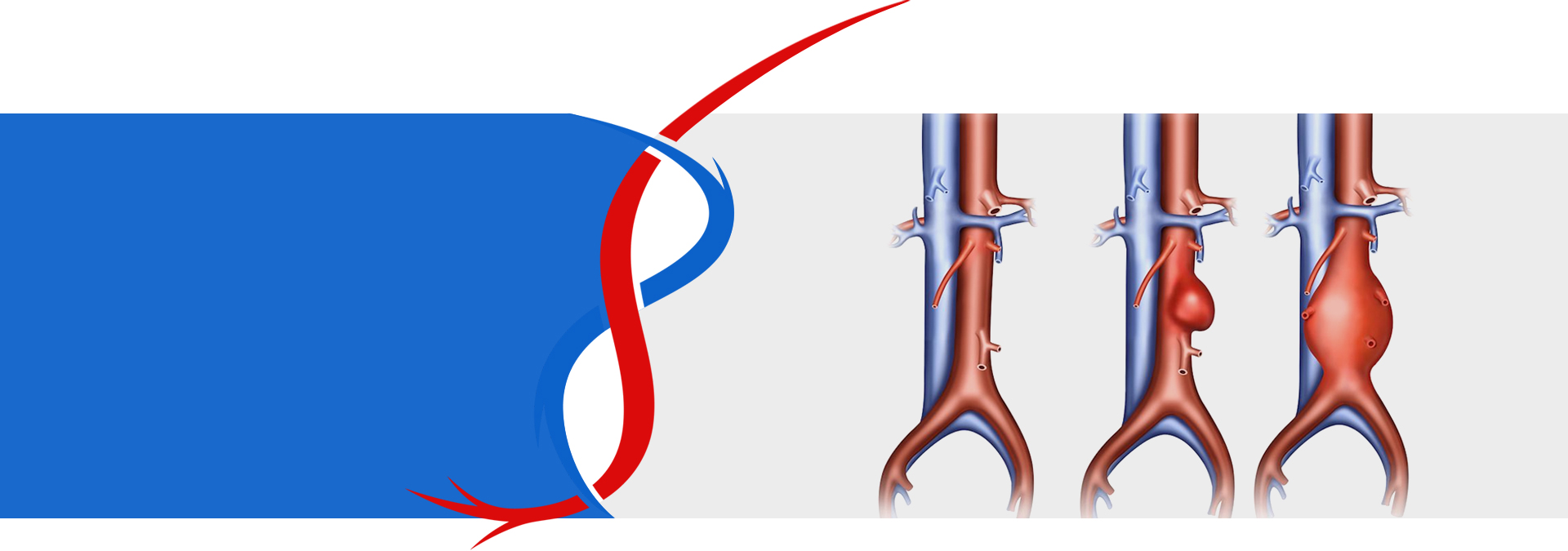
Aneurysm
JRK Medicals
Phlebology & Vascular Specialists located in Rochester, MN
An aneurysm happens when your artery walls weaken and expand. A ruptured aneurysm, when the artery wall breaks open or dilates very quickly, is a medical emergency that can potentially be life threatening. If you have an unruptured aneurysm, it’s important to be monitored regularly by a vascular expert like Henna Kalsi, MD, at JRK Medicals in Rochester, Minnesota.
Schedule your consultation or appointment by calling or booking online.
What is an aneurysm?
An aneurysm is an area within one of your arteries that has grown weak, and then pushes outwards or grows too wide as a result. Aneurysms can happen anywhere that you have an artery but are most common in the following areas.
- Heart: an aortic aneurysm
- Brain: a cerebral aneurysm
- Leg: popliteal artery aneurysm
- Intestines: mesenteric artery aneurysm
- Spleen: splenic artery aneurysm
No matter where your aneurysm is, it’s important to take it seriously and get treatment to prevent it from rupturing. A ruptured aneurysm is a potentially life-threatening emergency.
What are the symptoms of an aneurysm?
With an unruptured aneurysm, you may not notice any symptoms at all. Often, aneurysms grow quite gradually, sometimes over years, without any indicators.
If you have an aneurysm close to your skin’s surface, for example a popliteal artery aneurysm in your leg, you may notice pain or sensitivity when you touch your skin in that area. Sometimes, you may be able to see an aneurysm that’s just below your skin because it’s swollen or throbbing.
When an aneurysm grows rapidly or ruptures, the symptoms can occur immediately. They include:
- Severe pain
- Cold sweat
- Dizziness
- Vomiting
- Rapid heartbeat
- Drop in blood pressure
If you suspect an aneurysm rupture, get treatment immediately.
How are aneurysms treated?
Aneurysm treatment depends on the type of an aneurysm, its location, its size, and whether the aneurysm is at risk for rupture.
Usually, medication is the first treatment option if the aneurysm isn’t growing and isn’t large. Medications such as beta blockers or calcium channel blockers can shrink blood vessels, lower blood pressure, and reduce the risk of rupture.
If medication doesn’t help, you may need surgery. The preferred option is usually minimally invasive surgery called endovascular repair. In endovascular repair, Dr. Kalsi creates a small incision above the aneurysm and then places a stent and graft through a catheter. This prevents rupture and gives your aneurysm long-term stability.
In some cases, traditional open surgery may be needed to extract the aneurysm. Open aneurysm surgery includes a large incision, general anesthesia, and a recovery of around a month minimum.
Schedule your consultation or appointment by calling or booking online.
 507-322-6967
507-322-6967